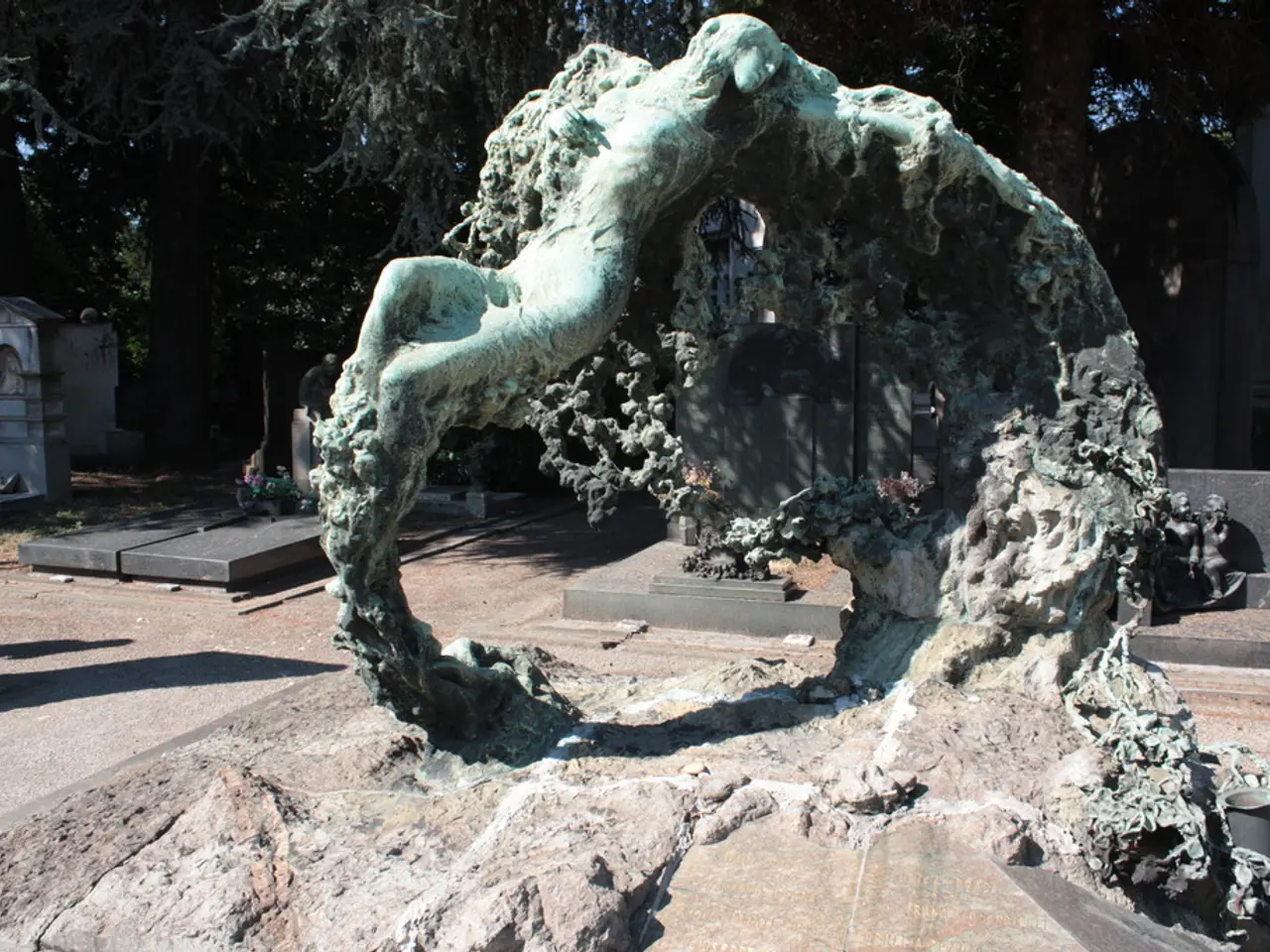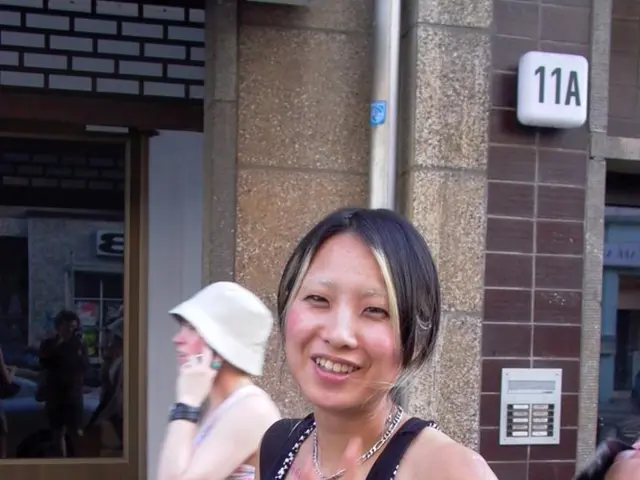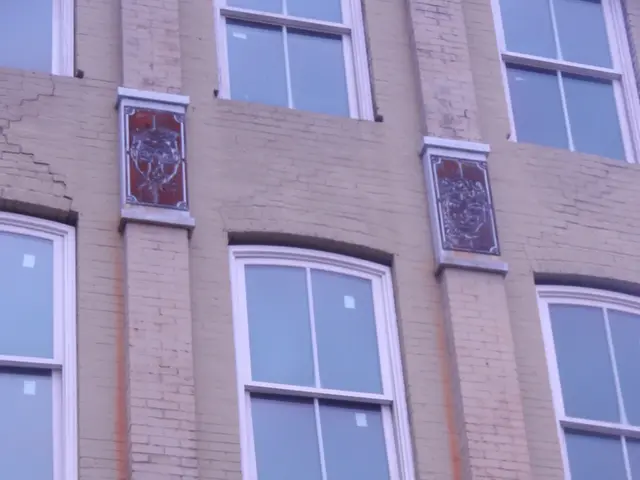In Ghana, the deceased are revered in a unique manner: they are placed in a vehicle, inside a pineapple, and finally, in a fish. - Honoring the Deceased in an Unconventional Way: Ghanaian Practice of Memorializing the Dead inside Cars, Pineapples, and Fish
In the heart of Ghana, a unique cultural practice continues to captivate the world, transforming the final journey into a vibrant celebration of life. This practice, known as the Ga-Adangme coffin art, has its roots deeply embedded in the Ga people's belief that death is not an end but a transition.
Born out of this belief, these individual coffins are masterfully crafted to resemble significant items related to the deceased's life. Paa Joe, a Ghanaian artist born in 1947, is considered the most significant figure in the creation of these figurative coffins, having completed a ten-year apprenticeship before becoming a master carpenter. His impact on the art is still felt today, as the practice continues to be passed down within his family, with his son following in his footsteps.
The coffins, known locally as *abebu adekai* (proverbial coffins), have been prominently used since around the 1950s. They are painted in vibrant colours and adorned with exquisite craftsmanship, often resembling objects that symbolize the deceased’s profession, life achievements, or passions. For instance, a fisherman might be buried in a fish-shaped coffin, or a cocoa farmer in one shaped like a cocoa bean, representing the work they are believed to continue in the afterlife.
These coffins, which can easily be mistaken for artistic sculptures, are not limited to conventional shapes. Some have been made in the shape of animals, cameras, beer bottles, and even more unusual and bold requests like an octopus with eight tentacles or a penis, which can have cultural or symbolic significance specific to the deceased or community.
This practice reflects the Ga people's worldview that death is not an end but a transition, and the coffin’s shape honors the deceased’s identity and legacy with a joyful celebration rather than somber mourning. The funerals themselves are lively, spiritually significant events that blend traditional and religious ceremonies with a festive atmosphere.
Swiss ethnologist, art historian, and author Regula Tschumi has been researching and photographing this culture for over twenty years. Her work, including photographs of Christian and traditional funeral ceremonies, has been published in a coffee-table book by Kehrer Verlag. Tschumi also accompanied and portrayed Benjamin Aidoo, known as "Ghana's Coffin Dancer," for her book. Aidoo, a funeral director and coffin bearer, gained international fame through social media.
The art of figurative coffin making in Ghana continues to evolve, with each new generation adding their unique touch. Aidoo works freelance as a cultural mediator in the art and museum sector, living in both Switzerland and Ghana. His dance troupe also participates in funeral ceremonies to ensure they are dignified and joyful.
The Ga-Adangme coffins stand out as personalized, symbolic artworks that honor the deceased's life uniquely and vividly, distinguishing Ghanaian funerals culturally and visually from many other global practices. Paa Joe's contributions to Ghanaian coffin art are significant and enduring, his influence extending beyond his immediate apprentices, impacting the wider field of Ghanaian coffin art. This vibrant world continues to captivate, reminding us that even in the face of loss, life can be celebrated with joy and colour.
The unique Ga-Adangme coffins, handcrafted in Ghana, are not only home-and-garden artworks for funeral ceremonies, but also cultural-travel attractions, showcasing the vibrant lifestyle and symbolic beliefs of the Ga people. These artistic sculptures, reflecting the individual lives and professions of the deceased, have gained attention worldwide, with Swiss ethnologist Regula Tschumi documenting their unique beauty and significance for over two decades.




